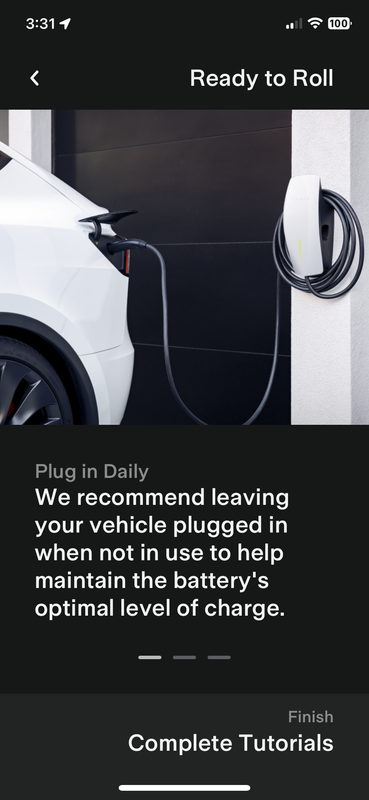jf64k
Member
When we're done driving for the day, we plug in our 2020 MYLRs and charge to 90% everyday.
Been this way for 2 1/2 years. Easy-peasy.
OP, my advice is: Don't over think it. Tesla knows more about batteries than anyone.
Been this way for 2 1/2 years. Easy-peasy.
OP, my advice is: Don't over think it. Tesla knows more about batteries than anyone.




